We focused on comfort and durability
Amid the overwhelmingly positive reactions to the comfort of the molded heel construction we implemented in some of our models, some retail buyers have remarked that since the New Balance FreshFoam 1080 and 860 didn't perform well, no shoe with a heel that looks anything like it will perform well either. In short, before some buyers have even tried our shoes, they’ve decided they’re not fans of our heel design.
This is a shame! Not only is our heel construction much different and more thoughtful than the old New Balance 1080 and 860 heels, our implementation is much better. The way we’ve designed the heel in some of our models makes the shoes incredibly comfortable, easier to put on, eliminates any achilles rub, and has improved durability than the traditional liner-over-sponge foam construction you find in many running shoes.
One of the problems with traditional heels.
The 3D renderings below were created from the engineering drawings for the molded heel units. These are entirely original designs and drawn from detailed specifications developed by the Vimazi design team. The concept of 3D molded heel foam has been around for decades, but the construction has always been to insert the molded foam inside a traditional upper and rigid counter. The results were very similar to inserting non-molded pieces of PU foam and covering them with a textile liner (the traditional athletic shoe heel construction).
Computer model of the Vimazi molded heel.
At Vimazi, we took the extra step to integrate the outward facing upper fabric with the inward facing foam and reinforcement. This molded technique creates a smooth contoured surface next to your heel and a supple collar edge that is easy on ankle bones.
Another view of the Vimazi 3D molded heel.
During the development of our shoes, we made dozens of different versions of our molded heel, altering the placement and physical properties of the different materials that go inside the molded unit. Many of the results were horrible because we had the placement and hardness in slightly wrong spots. It was interesting and important to discover how small changes to the materials made dramatic changes to the fit and comfort. Eventually found the right configuration to deliver the support and comfort that we were after.
Cutaway of the Vimazi heel.
Inside the outer casing fabrics are three main components: two foams of different densities and a thin sheet of reinforcement. The more rigid reinforcements were uncomfortable and created pressure points. The very flexible reinforcements felt unstable. We strove to find the right rigidity while running and discovered that the reinforcement, together with the other foams, were different between the Z40 and Z50 platform and the Z60 and Z70 platform.
We also tested different collar heights and different placements of the crescents on either side of the heel. The objective is to securely, but gently keep the heel in position. Over the years of shoe making, we learned that too much pressure may feel fine at first, but that it leads to soreness and ache after hours of running (or even just wearing). The heel of the shoe should not promote blisters nor should it impinge on the Achilles tendon! The seams that are used in traditional shoe construction often lead to discomfort issues for many people. Vimazi refined the design so as to avoid those kinds of problems.
The final version of our heel is the upgrade that it was intended to be. Compared to the traditional construction of, say Hoka, our 3D heel is advanced and modern. It solves the durability problem so common in running shoes, it’s wrinkle free, and it accepts an orthotic or aftermarket insole better and more easily. The durability and wrinkle problems have been around for decades. Vimazi improved on that old design.
For anyone with an extra narrow heel who wants a slightly tighter fit in the heel, we suggest using the top eyelet as shown in the photo attached. Notice that the lace goes through the top eyelet before the one below it so that the lace knot is lower on the instep. This offers heel security and comfort over many miles.




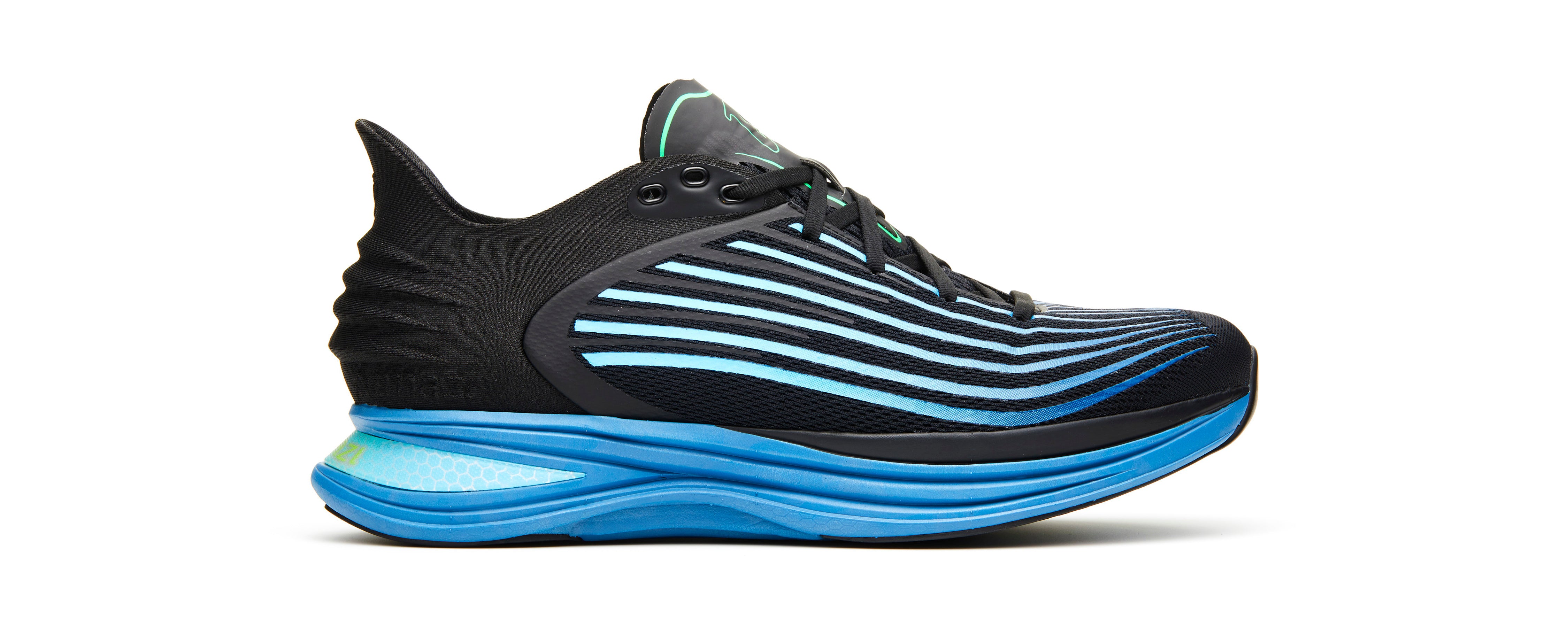




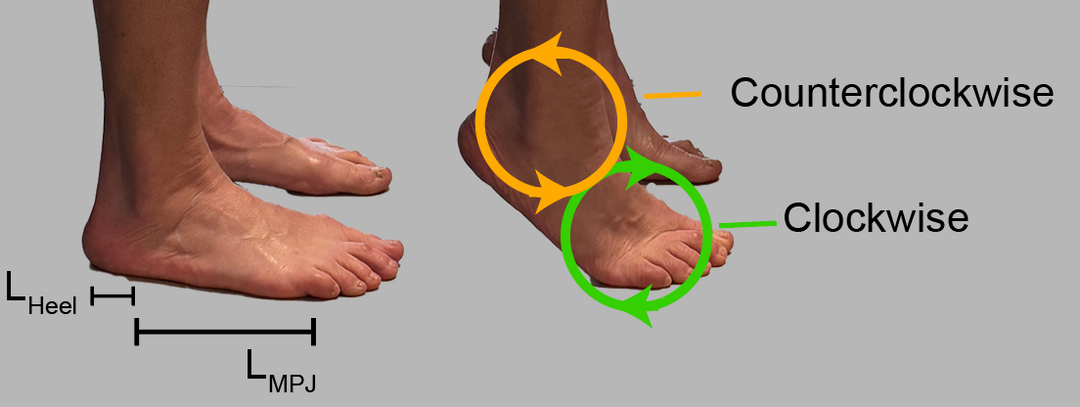
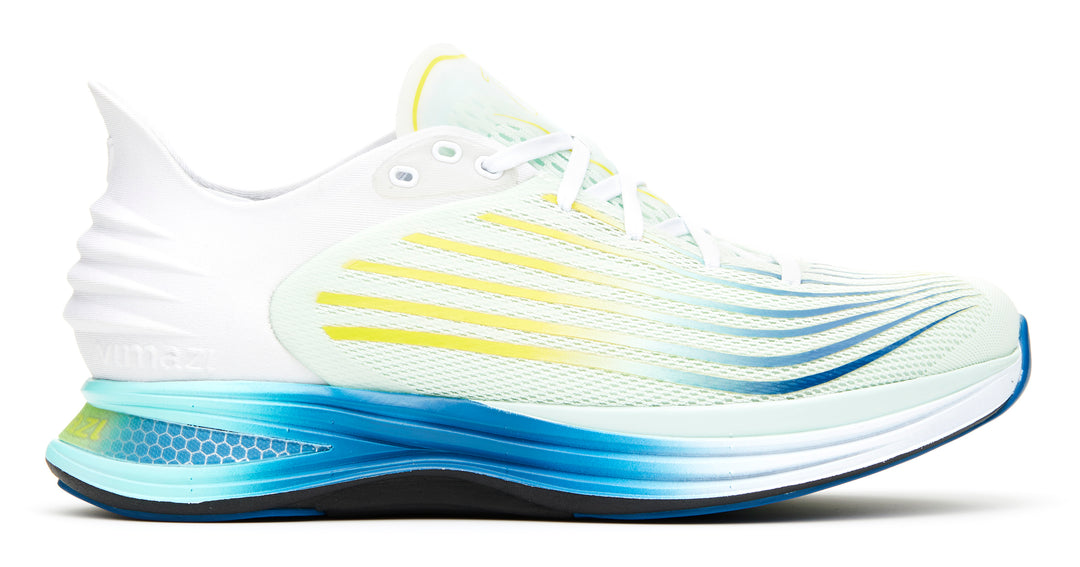
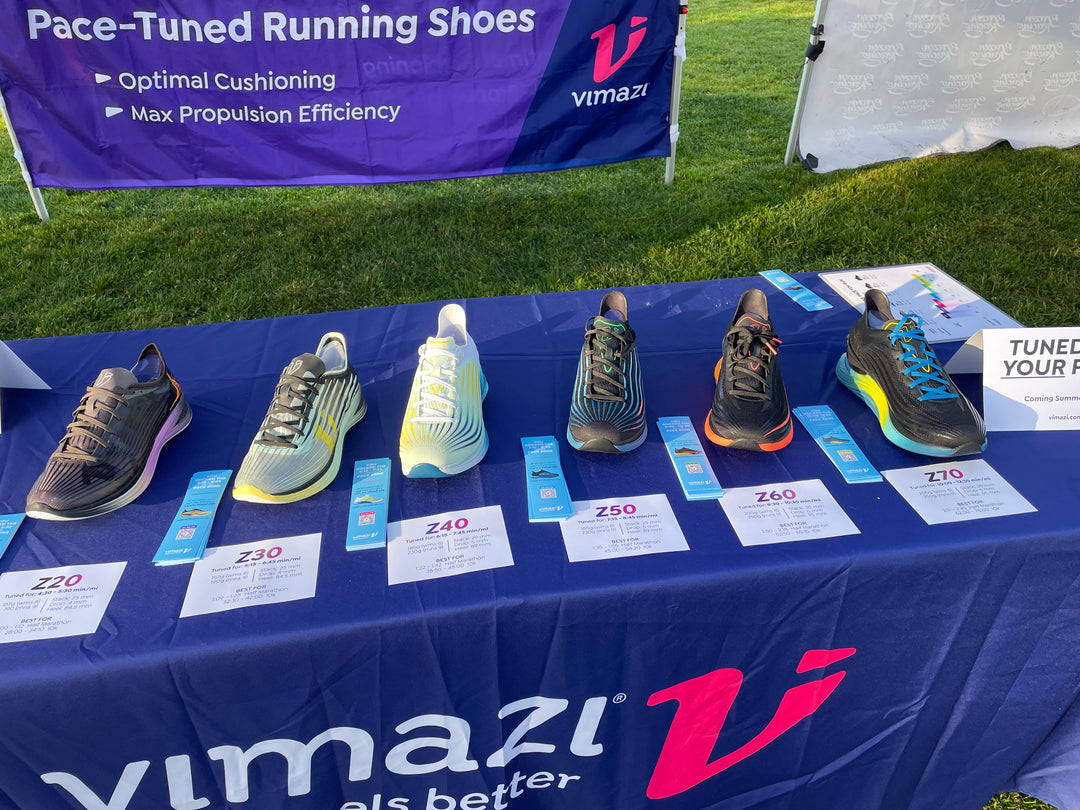
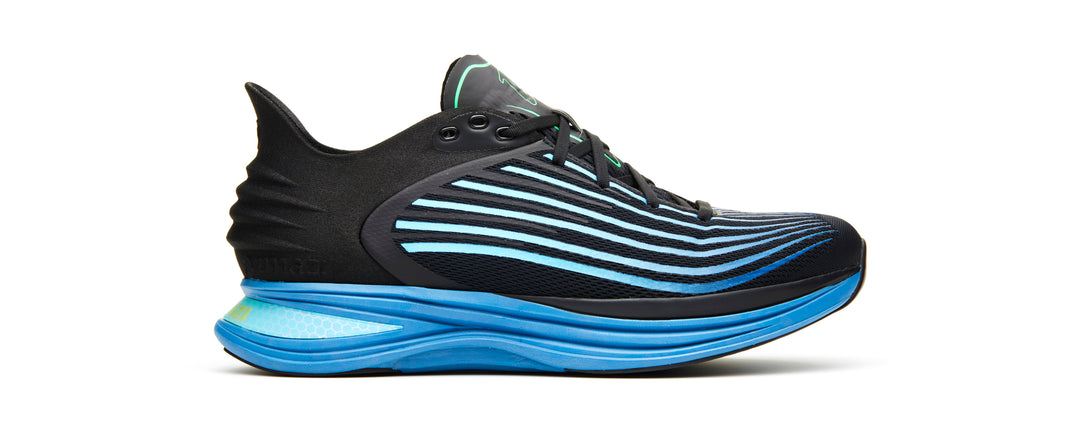
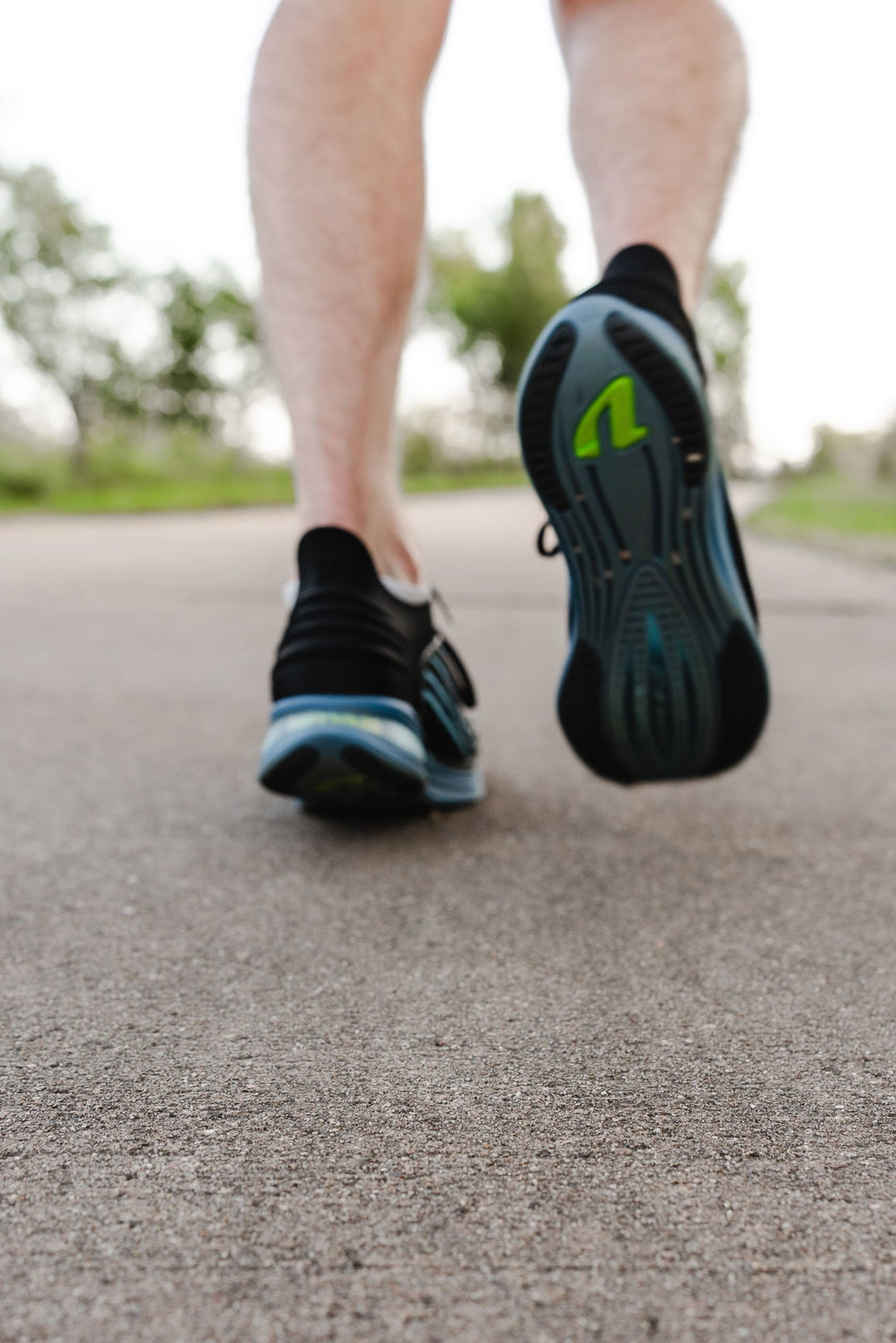
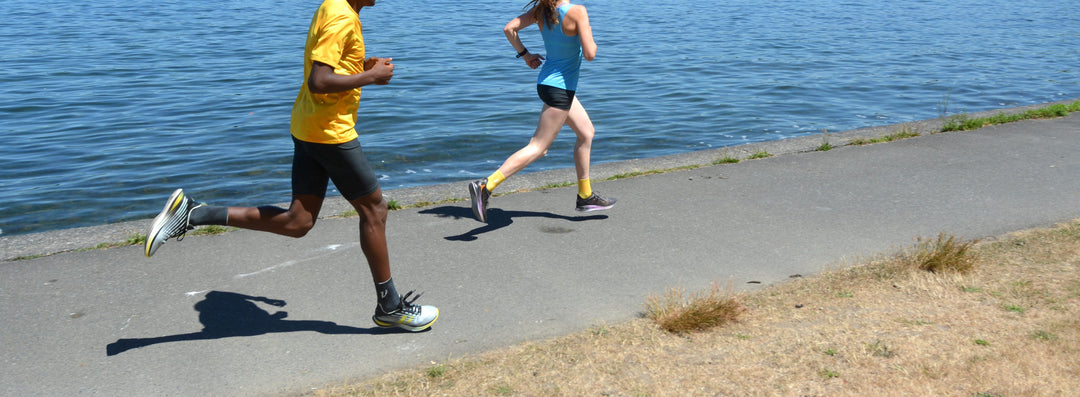
Leave a comment